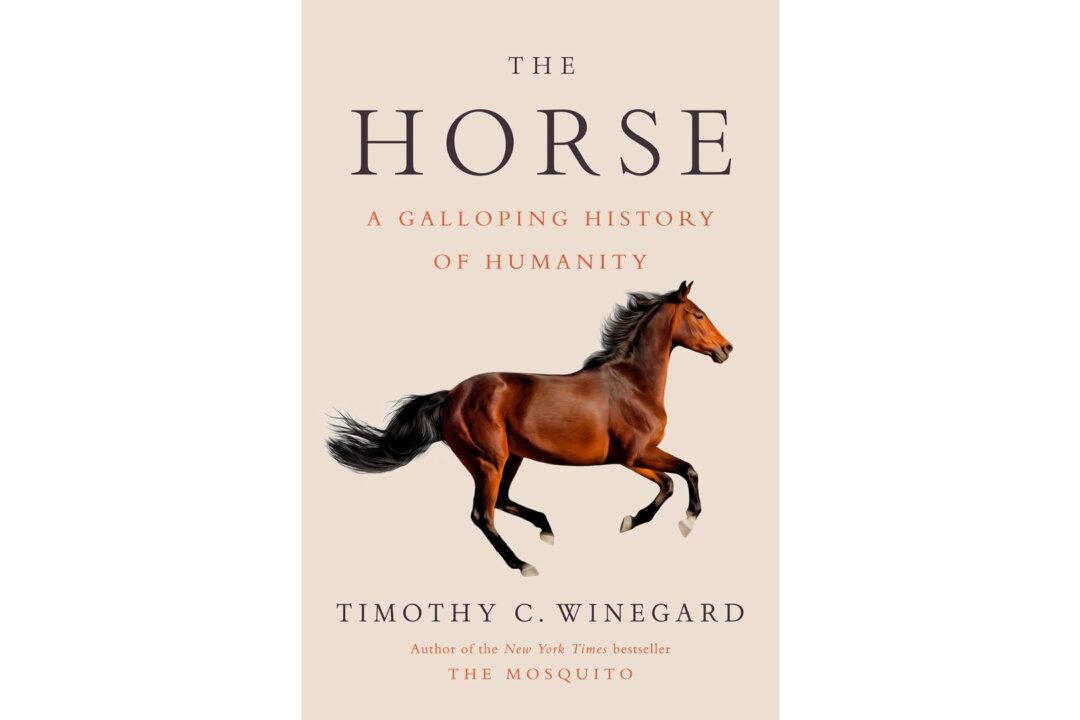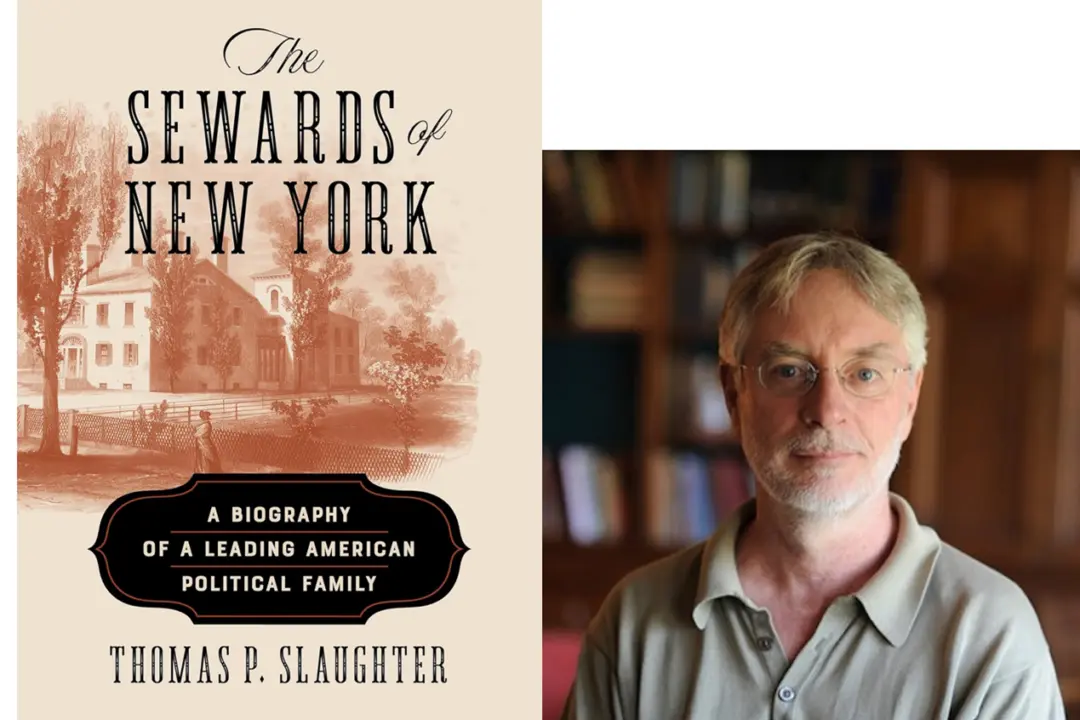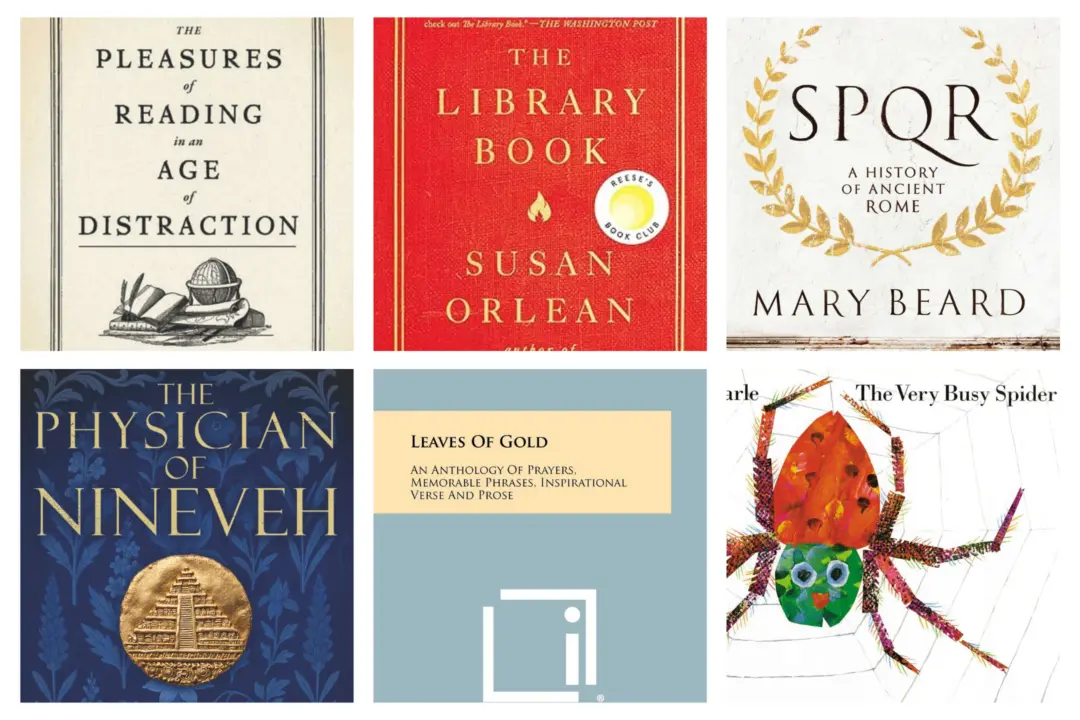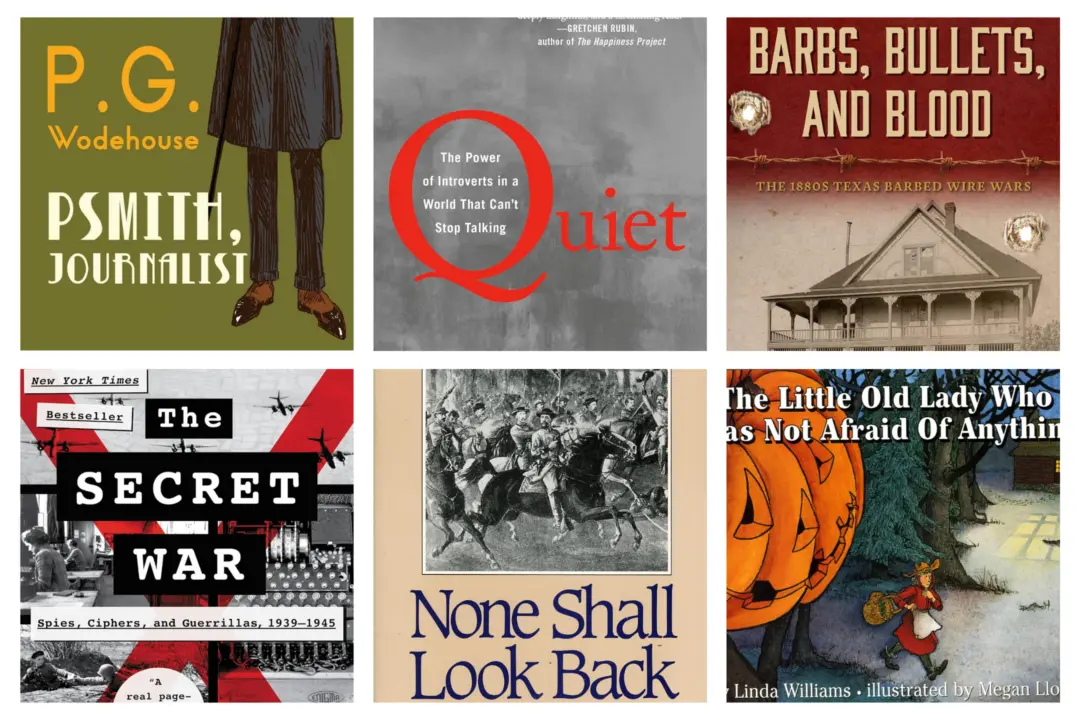The horse was headed towards extinction about 6000 years ago. It had disappeared from the Americas, where it originated. The remaining herds were a shrinking population in the Eurasian plains. Then some human, likely a male teen egged on by buddies, tried riding a horse—and succeeded.
“The Horse: A Galloping History of Humanity,” by Timothy C. Winegard, relates the result: a partnership benefiting both species. It saved the horse from extinction and shaped human history thereafter.






